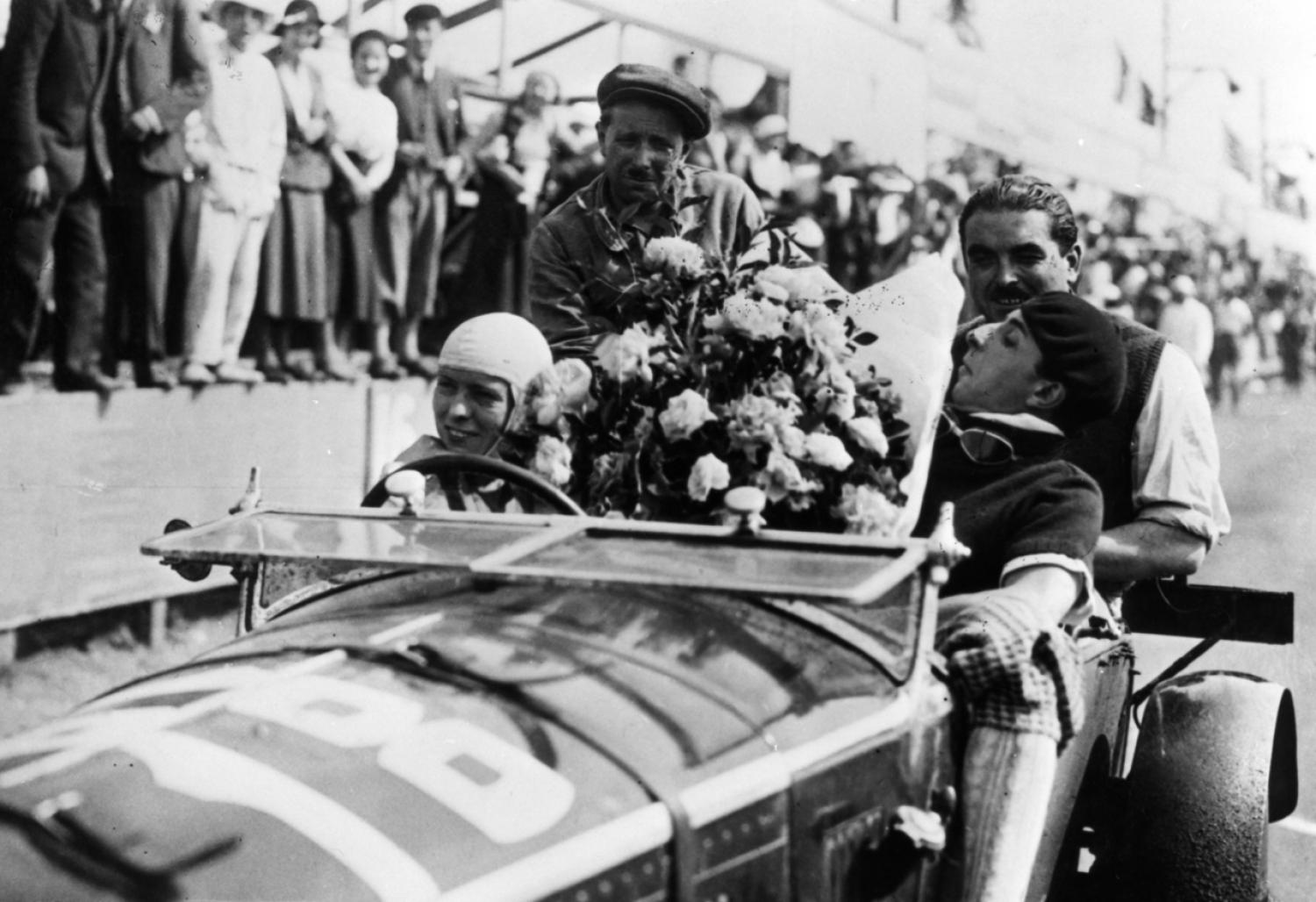Born Odette Séguin on 14 July (France's national holiday) 1899, Odette Siko and Marguerite Mareuse formed the first all-female driver line-up in the history of the 24 Hours in 1930, finishing seventh with a Bugatti Type 40 for their rookie participation.
A top 5 at the 24 Hours
At the 1932 Hours, Siko entered her personal Alfa Romeo 6C shared with Louis Charavel. The duo finished fourth overall and won the 2-liter class. In 1933, at the wheel of the same car, she had an incident and suffered minor burns to her legs.
Though 1933 marked Siko's final appearance at Le Mans, her fourth place finish in 1932 is still today the best result for a female driver at the race. She continued her career in rally, and in 1937 served as the leader of a quartet of female drivers who established no less than 25 world records in speed tests for Yacco engine lubricants at the Montlhéry circuit. Unfortunately, World War II put an end to the streak.
A woman of her era
Siko's exploits in auto racing are also indicators of their time. It was the era of a certain female empowerment brought on by the Roaring 20s in the wake of World War I when, following labor shortages caused by the departure of men to the front, women worked in trades that had been strictly male dominated.
Around the same time as Siko's start in competition at the end of the 1920s, women had won the right to vote in the U.S. and U.K. in 1919 and 1928, respectively. In the art world, Isadora Duncan was revolutionizing dance, the banana belt of a nearly nude Josephine Baker aroused both admiration and scandal, actress Louise Brooks' bob hairstyle in the film Loulou (1929) inspired countless copies, with short hair even symbolizing women's emancipation in the 1920s and 1930s.
Uncommon in the bourgeoisie at the time, Siko was divorced from her first husband, industrialist Robert Coville (with whom she practiced tennis at a high level), and entered into a second marriage with Dimitri de Zassetski, the son of a Russian diplomat living in France.
Odette Siko's successors
During his three terms as president of the FIA since 2009, Jean Todt has made the expansion of women's participation in racing one of his top priorities with the creation of the Women in Motorsport Commission. One of its first press conferences was held at the 2010 24 Hours of Le Mans.
Endurance racing has since remained at the forefront of the movement. Exactly 10 years ago, Leena Gade became the first female engineer to win the 24 Hours, with drivers Marcel Fässler, André Lotterer and Benoît Tréluyer. In 2021, two all-female driver line-ups took the start in the race, representing Richard Mille Racing Team (LMP2) and Iron Lynx (LMGTE Am). On 24 October at the Autódromo Internacional do Algarve, Sophia Floersch claimed the first overall podium finish for a woman driver in the European Le Mans Series. Odette Siko's legacy lives on in exciting new chapters written by women in motorsport.
PHOTOS (Copyright - ACO ARCHIVES): LE MANS (SARTHE, FRANCE), CIRCUIT DES 24 HEURES, 24 HOURS OF LE MANS 1932 & 1931. At top, at the wheel of her Alfa Romeo, Odette Siko celebrates her fourth place finish. Above, the Bugatti Type 40 of Odette Siko and Marguerite Mareuse, the first all-female driver line-up in the history of the 24 Hours.


